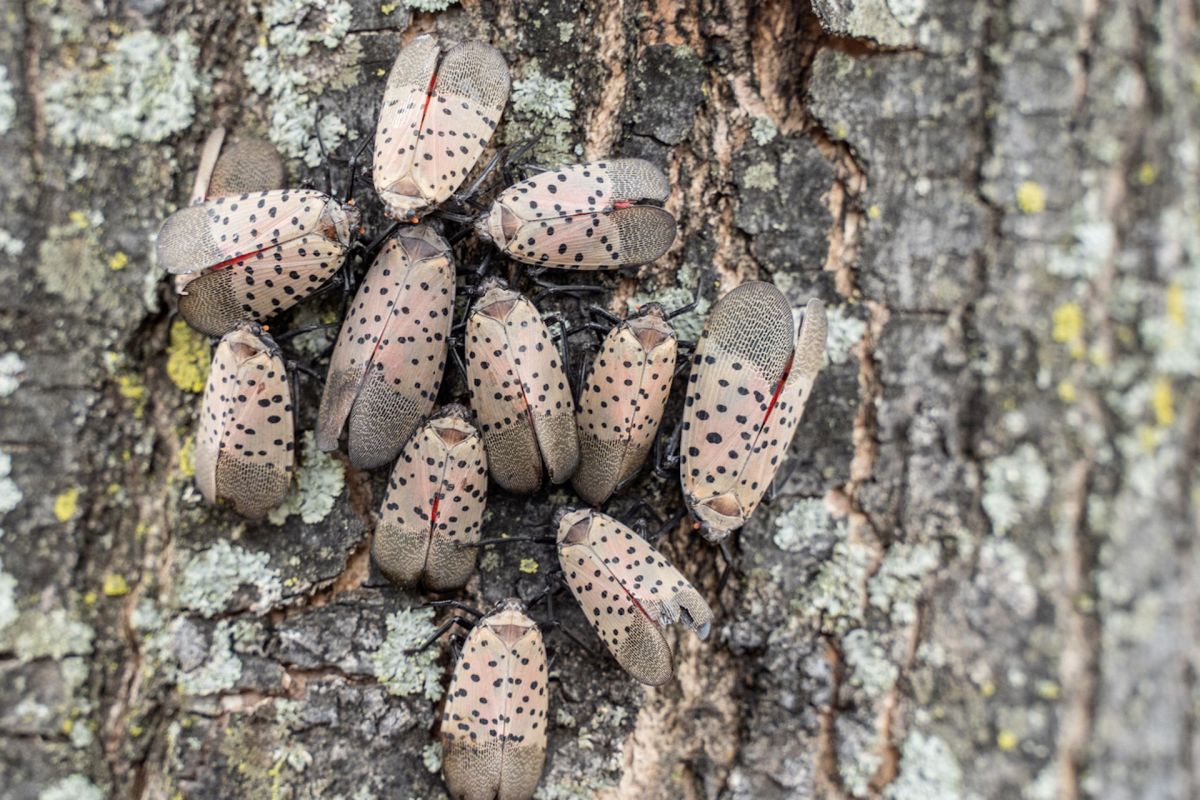There has been extensive news coverage of the spotted lanternfly, an invasive species found throughout the United States. Recent statistics regarding the insect's population and the defense tactics employed to stop its movement show that eradication efforts are making a tangible difference.
In Pennsylvania, one of the states hardest hit by the pest, statistics show that the population is dwindling. At its height in 2019, 150,000 insects were reported in the state. In 2021, this number declined to 61,000. New Jersey has also reported a decline in reported sightings. However, scientists are mixed about the data, with some claiming that the frequent movement of the bug skews the data.
The primary control tool used to limit the fly populations involves encouraging people to squash or stomp the bugs wherever they see them. While some states have found success in insecticides, this seemingly unconventional control strategy can stomp out females of the species, which can lay 30 to 60 eggs in a single catch. These eggs can also survive hard frosts, making the populations even harder to control.
Matthew Travis, the spotted lanternfly national policy manager for the U.S. Department of Agriculture (USDA), encourages folks to be wary of the egg masses and the mature bugs. "That's 50 insects that could be wiped out simply by taking a credit card out of your wallet, scraping that egg mass off, and squashing it," he explained in an interview with the Guardian.
Although the bug is harmless to humans, it does a lot of damage to crops and vegetation. The insect's primary food source is the tree of heaven, another invasive species, but it has also been known to feed on other important food crops and trees like walnuts, maples, and fruit trees. The spotted lanternfly is also problematic because it quickly traveled across a dozen U.S. states by hitchhiking on trains, cars, and planes.
Experts are hopeful that the increased attention to the pest and the community stake in stomping out the invasive pest will make a difference. "Every little bit helps; it is a prolific pest and we're probably their biggest natural enemies. It's pretty important that people do their part," said Cecilia Sequeira, a spokesperson for the USDA.
Join our free newsletter for cool news and cool tips that make it easy to help yourself while helping the planet.









